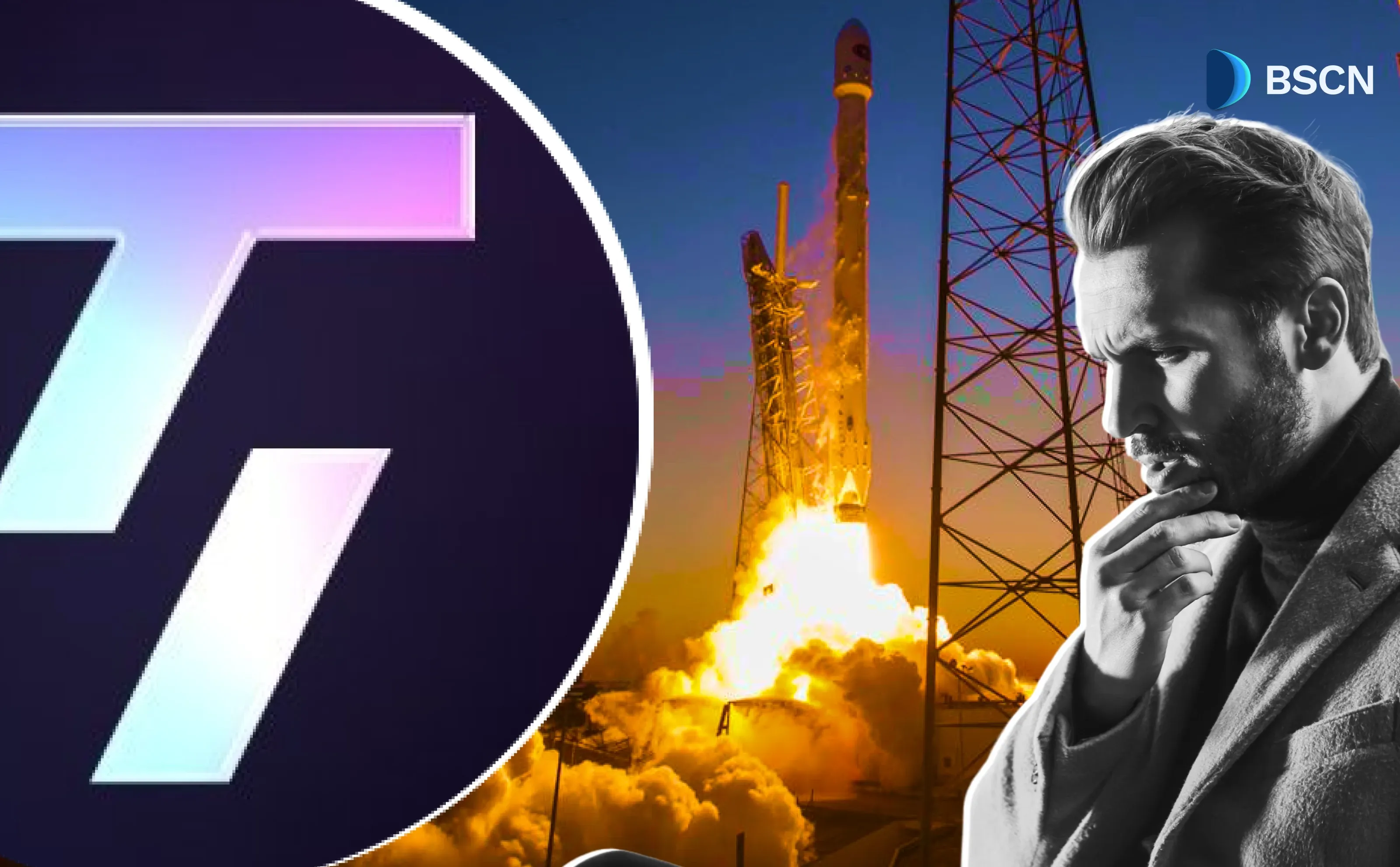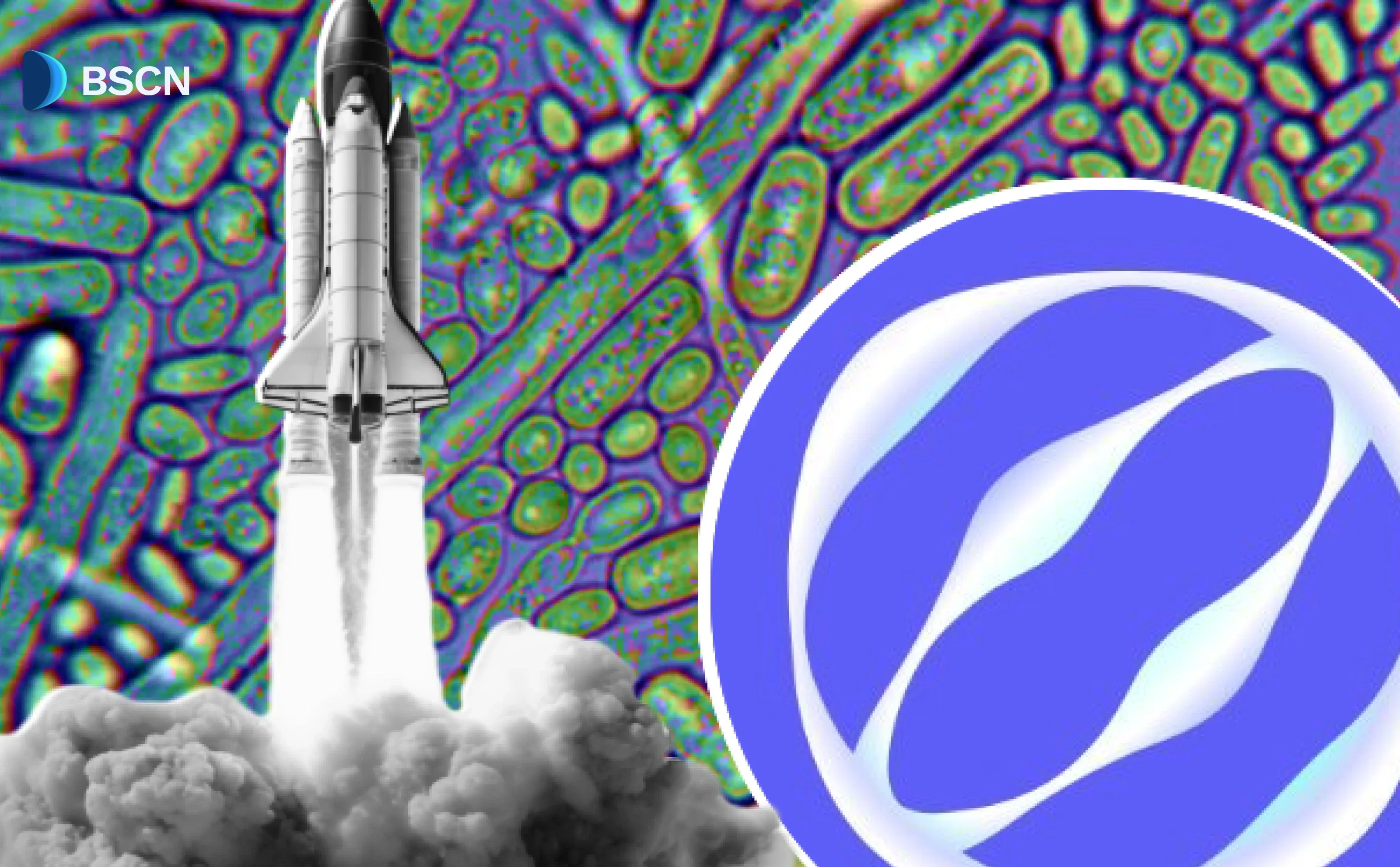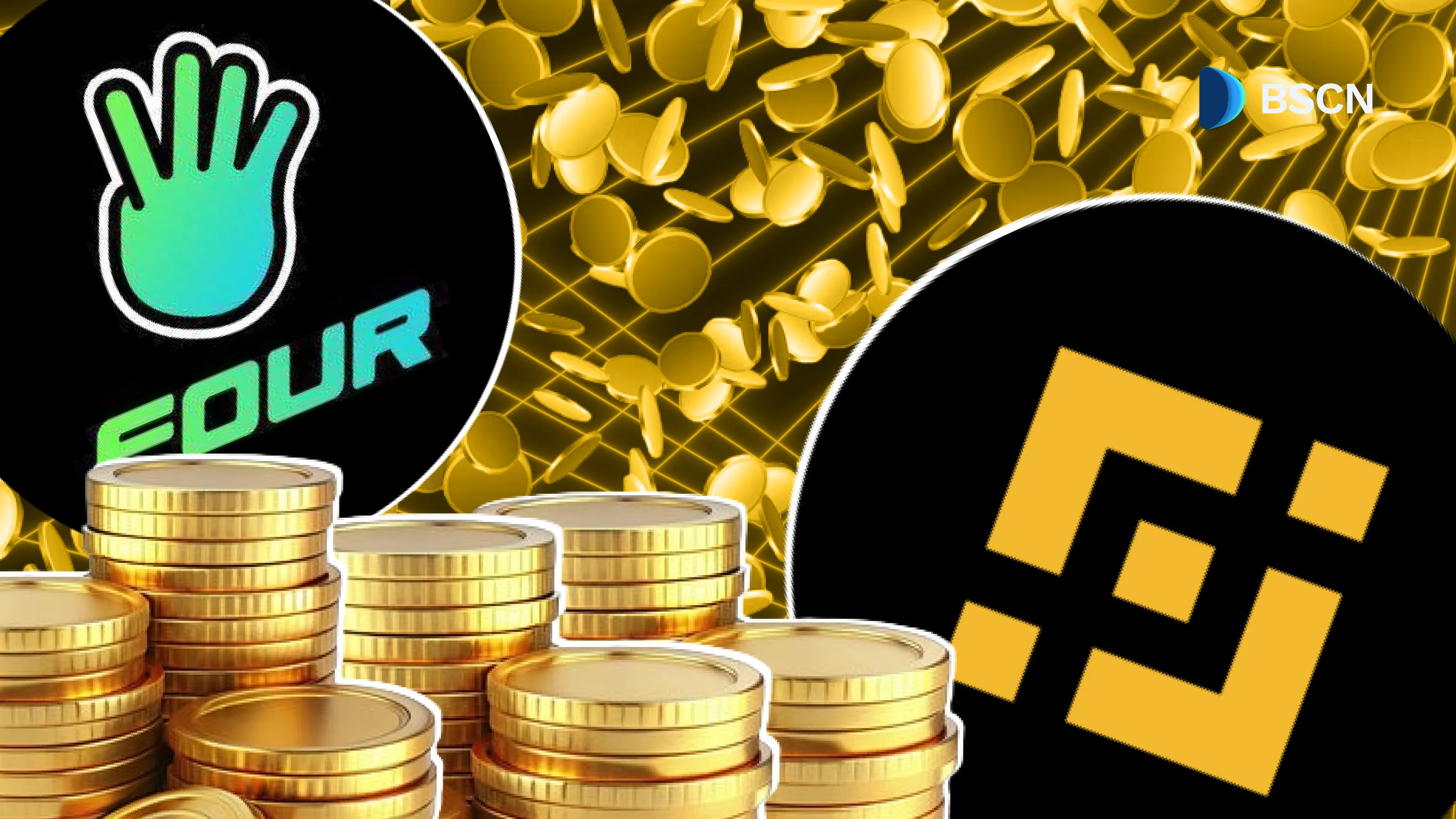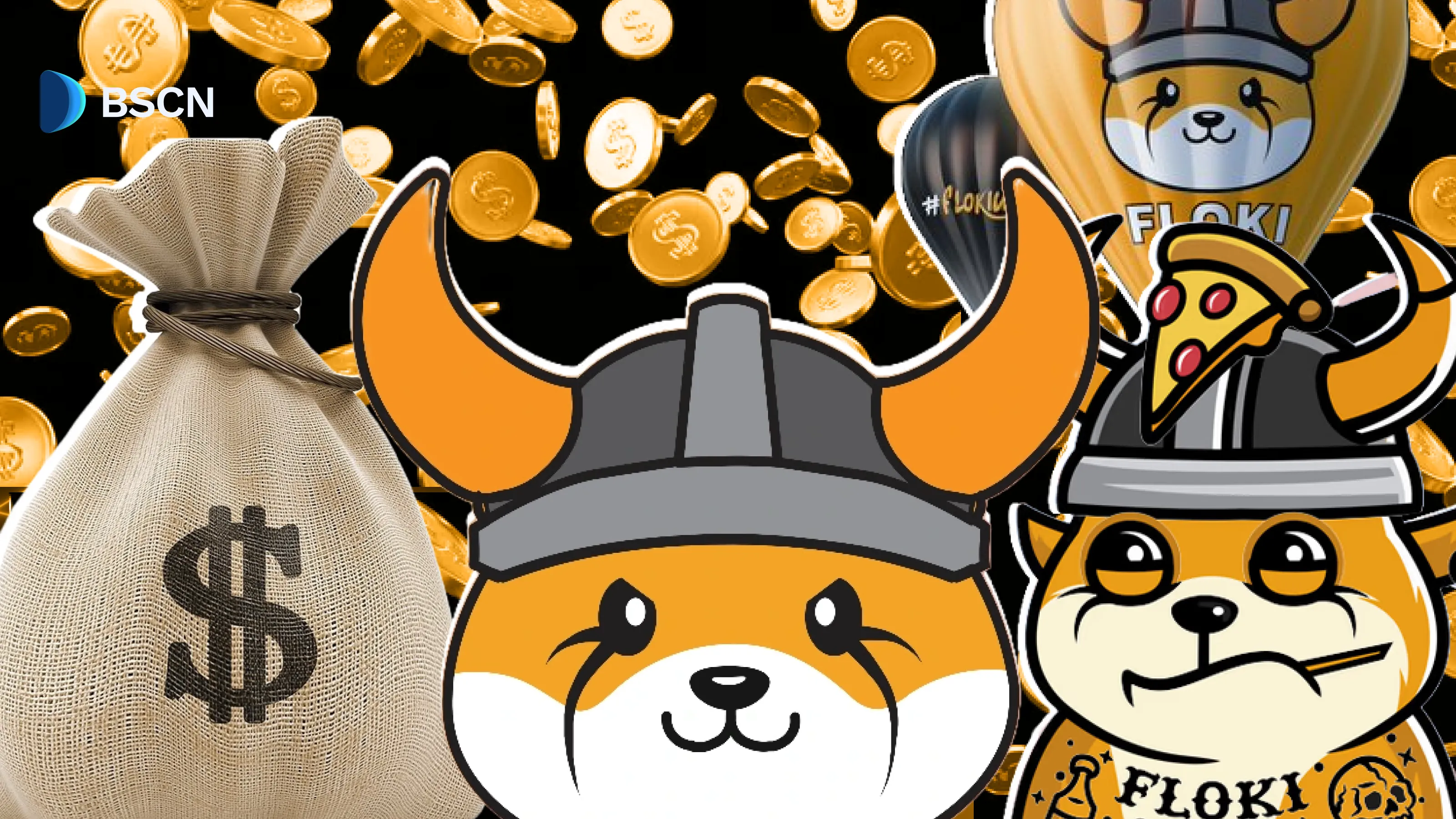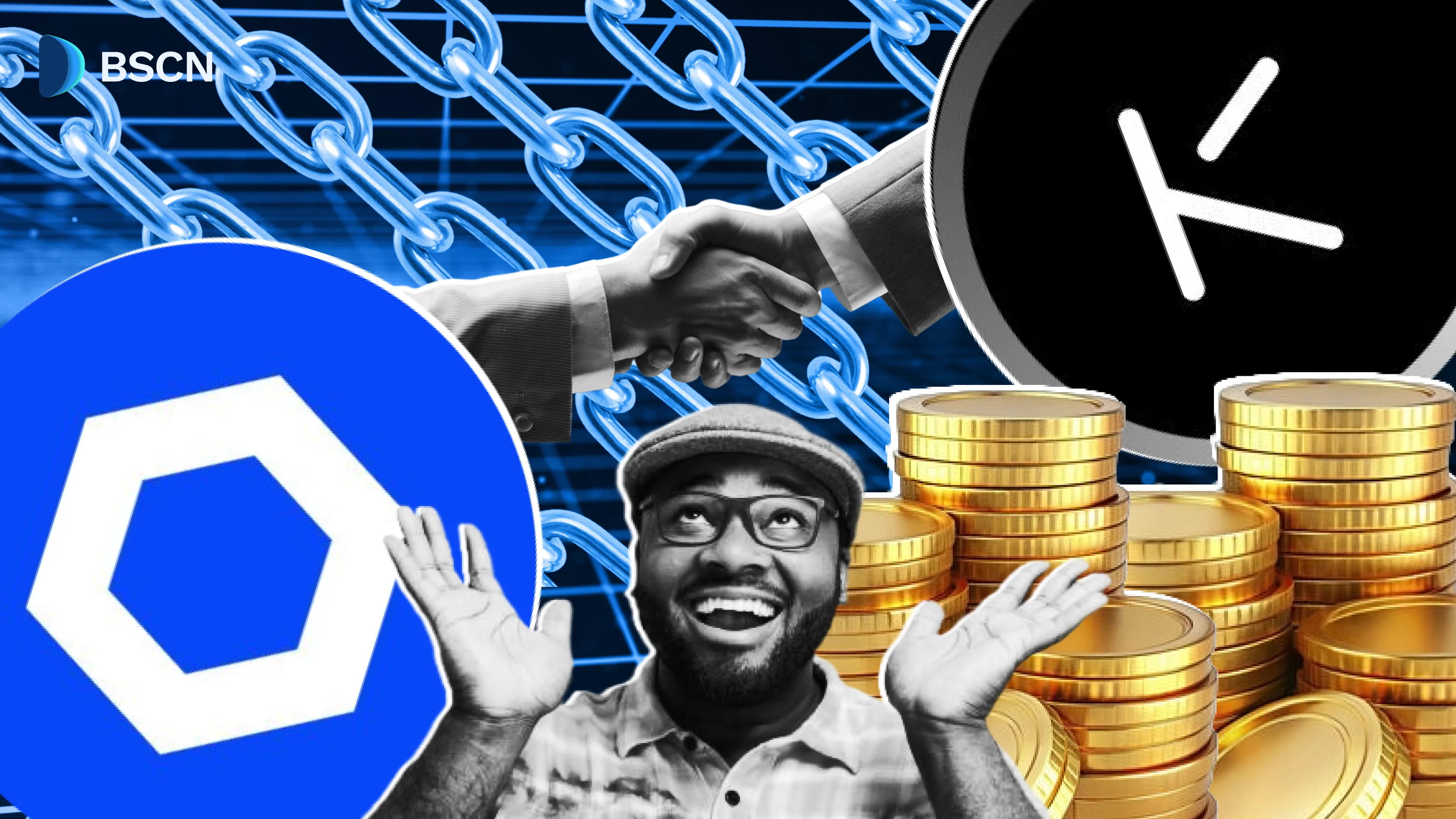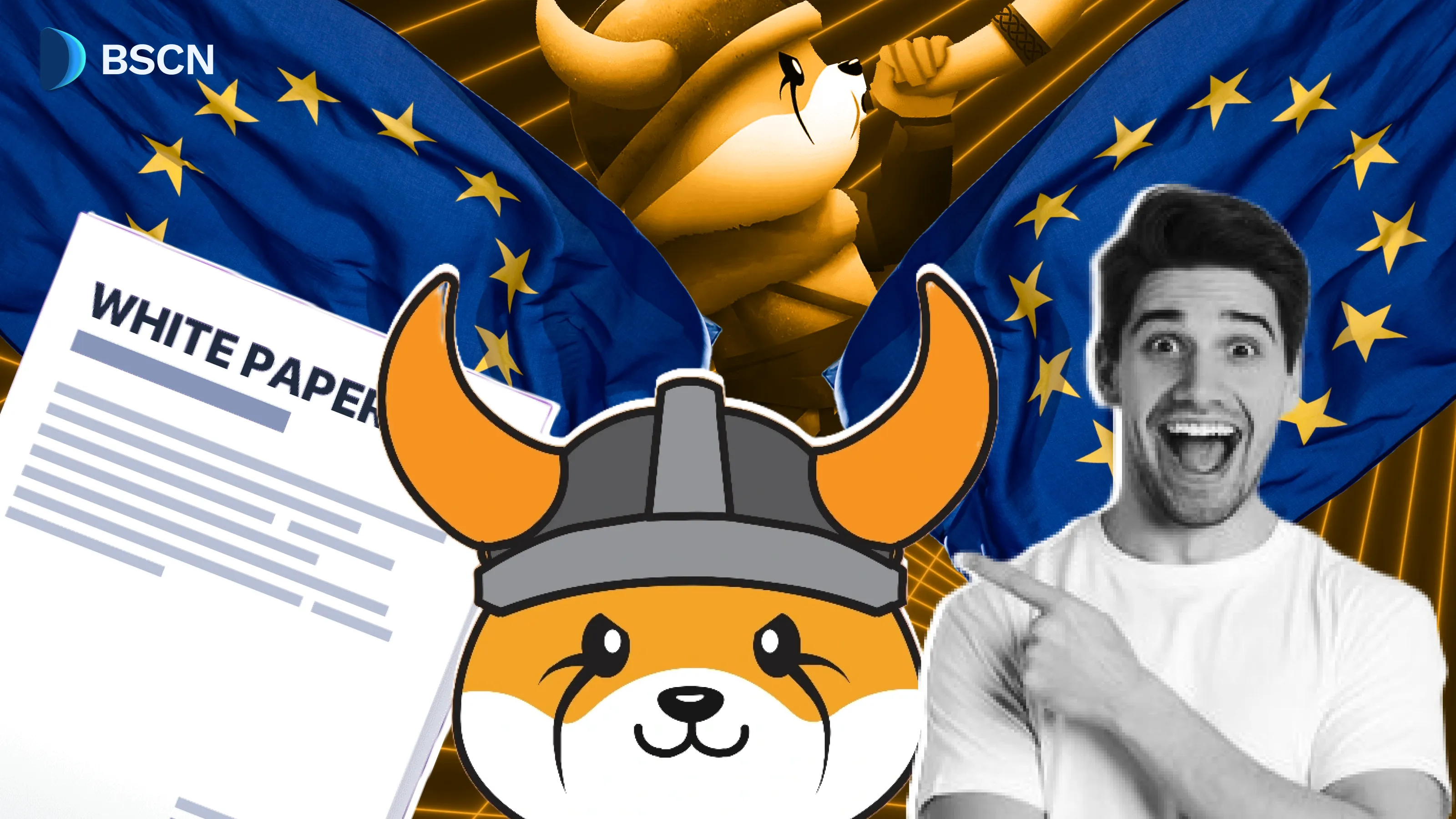WEB3
Tokenomics Deep Dive with Binance Research

Stuck scratching your head when it comes to tokenomics? Binance Research dove deep into the topic, exploring both the supply and demand dynamics.
Stefan Piech
February 13, 2023

Understanding tokenomics is crucial — understanding what makes good tokenomics even more so, be it for designing your own token structure or helping spot projects with strong fundamentals.
In a published report from Summer 2022, the Binance Research team defines tokenomics as the study of determining and evaluating the economic characteristics of a cryptographic token.
Key aspects of the token supply to consider are allocation, vesting period, and emission. In the report, the team deep-dives into all three of these topics.
They find that Layer 1s have seen public sales token allocations go down in favor of higher allocations towards ecosystem incentives in recent years and that vesting periods and cliff lengths have generally increased over the last couple of years. Interestingly, traditional technology companies appear to be taking the opposite route.
Figure 1: L1s have seen public sales allocations down in favor of higher allocations toward ecosystem incentives

Exploring case studies on high FDV/low market capitalization tokens and high DeFi APRs, the team notes the importance of understanding burn mechanisms and emission schedules of tokens.
“With increasing demand and a shrinking supply, the scarcity created and the resulting benefit to stakeholders by token burns is unquestionable”
On the demand side, the team emphasized that still, too many protocols pay too little attention to the incentive function of the token and token utility. For the team, trust plays an essential role in the utility of tokens as they define tokenization as a form of digitalization of value.
Figure 2: Token Utility- A token can have multiple purposes that bring utility to the token

Tokens can take various use cases, bringing utility to crypto projects. The six roles defined above each have their own purpose and features.
- Right: Tokens can give the right to engage with a protocol. This can come in multiple forms. Governance is the most common one, allowing for proposing changes and voting on the directionality of a project. They can further give access to a protocol and allow for product usage or offer ownership
- Value Exchange: The usage of tokens can lead to the creation of “mini” economies. Within this, tokens can facilitate the creation and the existence of economies by allowing for buying and selling as well as rewards for work and commitment
- Toll: Tokens lead to participants, investors, and users having skin in the game. Oftentimes, security deposits or usage fees can help to create a barrier to entry when running a smart contract platform or protocol
- Function: Tokens can frequently enrich a user experience by allowing them to join a network, participate in a game, connect with users and other participants, and can even incentivize them to participate
- Currency: Be it with a game or a DeFi protocol: oftentimes, a token can function as a form of currency by being a store of value and a medium of exchange
- Earnings: Protocols share their earnings through token incentives and distribute benefits to participants of a protocol. This can help to foster the growth and development of an ecosystem
Binance Research also looked beyond supply and demand and evaluated the two-token model, and further explored the importance of a solid product when thinking about tokens. A two-token model provides two different tokens at the same time. This, in return, helps to specialize the use cases for each of the two tokens by separating the “ecosystem” from a purpose-solving token.
Binance Research believes that in the “long-run good projects with strong fundamentals and product-market fit will always win over those with bad fundamentals”
Want to read the complete insights from the report and deep-dive into tokenomics? Find the full report here.
This is a guest post from CoinMarketCap by Stefan Piech, Macro Research at Binance, and has been edited for style. The original article was published here.
What is Binance Research:
Binance Research is the research arm of Binance, the world's leading cryptocurrency exchange. The team is committed to delivering objective, independent, and comprehensive analysis and aims to be the thought leader in the crypto space. Our analysts publish insightful thought pieces regularly on topics related but not limited to, the crypto ecosystem, blockchain technologies, and the latest market themes.
Find more about Binance Research here:
Website | Twitter | Telegram |
What is CoinMarketCap:
CoinMarketCap is the world's most-referenced price-tracking website for digital assets in the rapidly growing cryptocurrency space. Its mission is to make crypto discoverable and efficient globally by empowering retail users with unbiased, high-quality, and accurate information for drawing their own informed conclusions.
Where to find CoinMarketCap:
Website | Twitter | Telegram | LinkedIn |
Author

Stefan Piech
Latest News
Crypto Project & Token Reviews
Project & Token Reviews
Comprehensive reviews of crypto's most interesting projects and assets
Learn about the hottest projects & tokens
Latest Crypto News
Get up to date with the latest crypto news stories and events
